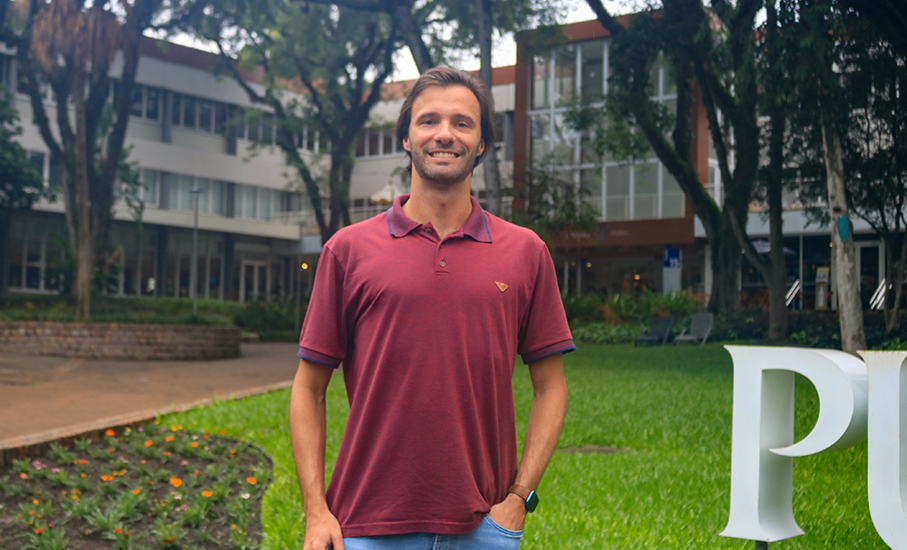Researcher works at PUCRS in the field of Nanotechnology and Dentistry through the PrInt Program
Marcel Ferreira Kunrath is a post-doctoral researcher with experience abroad

Photo: Matheus Gomes
Researcher Marcel Ferreira Kunrath is working during one semester at PUCRS as a grant holder in the Post-Doctorate with Experience Abroad modality of the Institutional Project of Internationalization (PUCRS-PrInt). With this opportunity, Kunrath develops international projects in the field of Nanotechnology and Dental Implants with PUCRS’s Materials and Nanoscience and Dentistry laboratories, expanding the relationships between universities from Brazil, Sweden and Portugal.
The post-doctoral student was a researcher at The Institute of Clinical Sciences from the University of Gothenburg, Sahlgrenska Academy, from Sweden, during 2021-2022, where he was awarded by the Osteology Foundation – Switzerland. At PUCRS, in the scope of the priority theme Health in Human Development, Kunrath is developing studies with Technology School researcher and professor Roberto Hubler in the Materials and Nanoscience laboratory, in collaboration with the fields of Dentistry, Microbiology, Chemistry and Physics, at PUCRS. Currently, Marcel Kunrath is the Brazilian ambassador at the PUCRS institution in the National Osteology Group Brazil (NOGB), national group of education and science in oral regeneration through which promising collaborations are expected.
On this front, new experiments have been made in laboratories, as well as analysis of results, stimulating the improvement of the use of the equipment available at the university. With this multidisciplinary operation, the researcher has also been developing new projects with the purpose of transferring technology into the market in the future.
His research discusses the modification of Titanium surfaces for the development of dental implants with a higher osseointegration speed and/or antibacterial properties. According to Kunrath, using nanotechnology and coatings in this area opens a number of doors in the search for improvements for clinical treatment of patients in situations in which systemic health alterations, reduced bone area for inserting implants, or microbiological contaminations are identified.
The researcher explains that, with the increased development of this technology, it will be possible to advance these studies into in vivo models at PUCRS and/or in international institutes, like in Sweden (pioneer department in the field of osseintegration) due to his current institutional connection to this university, seeking high quality scientific evidence for a future transference of technology into the market.
“With this opportunity offered by PUCRS-PrInt, it is possible to envisage broader horizons in my education and future regarding PUCRS, and it has stimulated international research that is essential for any institution and researcher of high performance,” concludes Kunrath.





